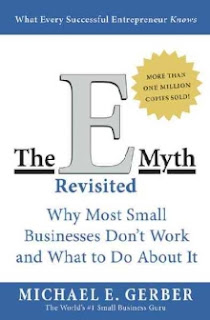Working With The System
 I just finished reading a post by a buddy of mine, Ross Johnson over at 3.7 Designs. He was talking about the need to develop systems in business. From what I've experienced, he is absolutely right.
I just finished reading a post by a buddy of mine, Ross Johnson over at 3.7 Designs. He was talking about the need to develop systems in business. From what I've experienced, he is absolutely right.
In order to succeed and grow my business, the methods I used to use have had to evolve. For example, when I was only consulting part time, I could easily keep track of the jobs just in my head. Not long after I went full time, though, and more business started rolling in, I found that just trying to keep things in my memory wasn't going to work.
Now, I've got a two-tiered system to keep track of my various projects. I keep a brief status message on my white board for each client. It's just their name and a one-word status message ("discussion", "quoted", "approved", etc), but it keeps things much more organized and gives me a birds-eye view of the status of my company. The second tier is a spreadsheet where I keep track of the details of the project, including contact information, work specifications, and next steps.
I also have a system now which keeps me in contact with my business network. Making calls, attending networking events, sending out my ezine, and meeting with people one-on-one all fall into this system. Using it, I not only have the benefit of a daily blueprint of what I'm doing, but can also analyze my processes and make improvements.
I fully expect these systems to keep developing over time as my business continues to grow and its needs change. The old ones will evolve and I'll come up with new ones to streamline other activities with the ultimate goal of being as efficient and as effective as possible.
After all, the goal of my business is to support my life, not the other way around.
So, what parts of your life could benefit from developing a system?






































